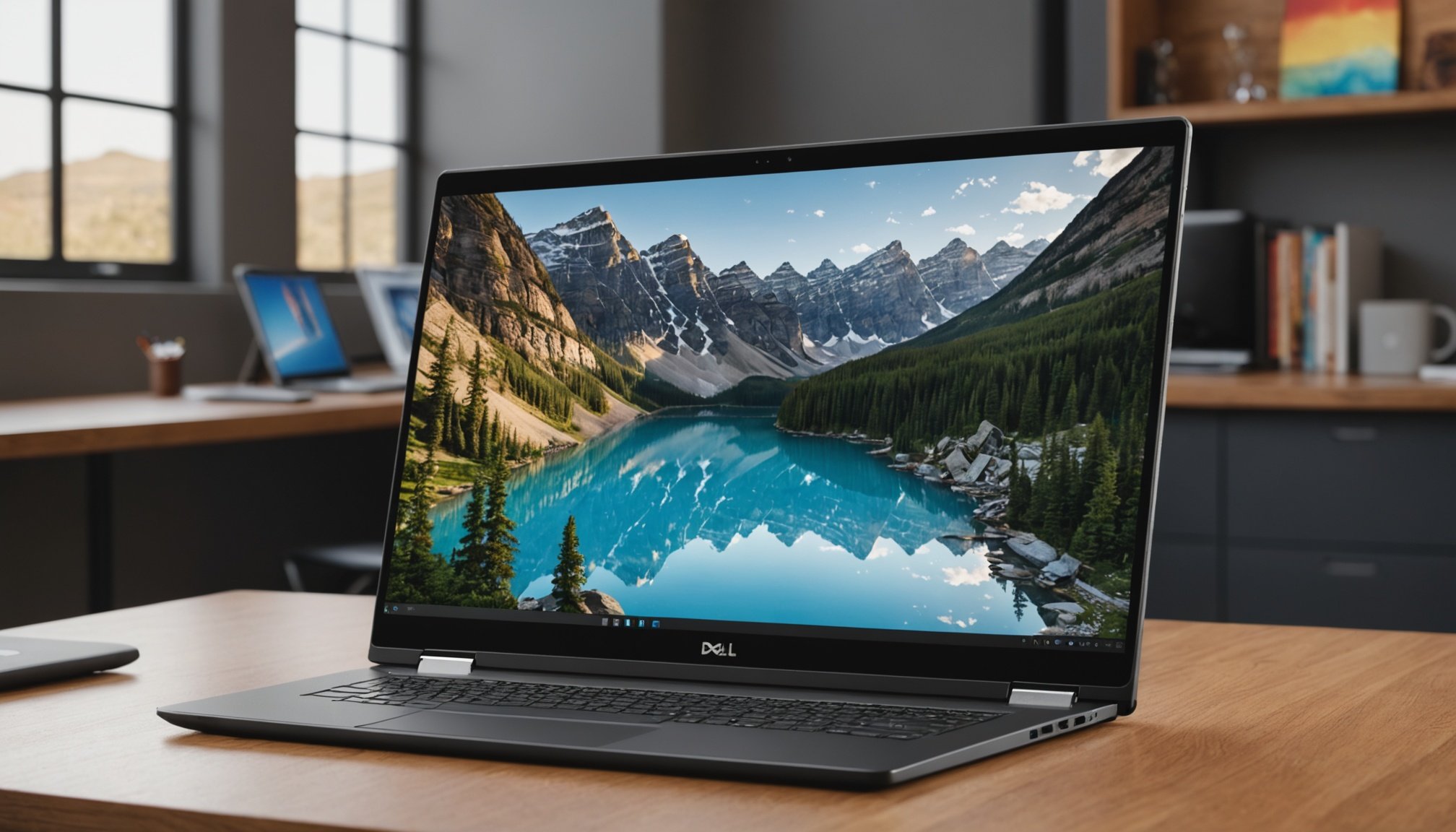Optimizing System Settings for Graphic Design
Enhancing the performance of your Dell Inspiron 7706 for graphic design can significantly boost productivity. The first step is to adjust your system settings to maximize power. Navigate to your power settings and select ‘High Performance’ to ensure the device uses full processing power during tasks. This setting draws more power, so it should be used primarily when the laptop is plugged in.
Another effective optimization strategy involves managing system resources. To free up RAM, keep background processes to a minimum by disabling unnecessary startup programs or using Task Manager. This ensures graphic design software has the resources it needs to perform smoothly.
Topic to read : Creating a High-Performance Virtualization Server with Proxmox VE on Your AMD Ryzen 9 5900X: A Step-by-Step Guide
Windows offers helpful features like Game Mode and Performance Mode. Although primarily designed for gaming, Game Mode can benefit graphic design by reallocating resources efficiently. Enable this feature through the Windows Settings to enhance system performance.
Similarly, Performance Mode focuses on maintaining peak performance during demanding tasks. It provides a streamlined experience, allowing designers using the Dell Inspiron 7706 to complete projects without unnecessary interruptions. Adjusting these settings is crucial for resource-intensive software, ensuring efficient and stress-free design processes.
Also to discover : Ultimate Guide to Building a High-Performance Media Server with NVIDIA Shield TV and External Storage Solutions
Essential Software Configurations in Adobe Creative Cloud
It’s important to properly configure Adobe Creative Cloud applications to fully unlock their potential for graphic design. Each tool offers specific settings that can greatly improve performance and workflow.
Setting Up Adobe Photoshop for Optimal Performance
Within Adobe Photoshop, optimizing the scratch disk settings can substantially enhance performance. Allocating different drives for scratch disk use can prevent lag during intensive tasks. Additionally, customizing the workspace according to your specific workflow needs streamlines your creative process, enabling faster access to frequently used tools and panels. Implementing GPU acceleration allows for improved rendering speeds, enhancing the overall experience, especially when handling large files.
Fine-tuning Adobe Illustrator Preferences
In Adobe Illustrator, adjusting memory usage settings is key when working with complex vector graphics. This involves balancing system memory to boost efficiency during intricate design tasks. Optimizing performance settings ensures smoother operations, reducing lag and improving responsiveness. Additionally, effectively utilizing artboards allows designers to organize their layout efficiently, providing better management of multiple designs within a single document.
Streamlining Adobe After Effects Usage
When working in Adobe After Effects, setting up project settings correctly can exponentially increase playback and rendering performance. Tweaking cache preferences allows for faster file access, minimizing delays during editing. Using proxies is an effective way to enhance performance, particularly when working on high-resolution projects, as they reduce the computing power required during complex edits.
Hardware Specifications and Upgrades
When evaluating the Dell Inspiron 7706 for graphic design, it’s crucial to assess its current hardware specifications. Firstly, the RAM capacity plays a pivotal role. For graphic designers, who often use resource-intensive software like Adobe Creative Suite, a minimum of 16GB RAM is recommended. This ensures smooth multitasking and efficient processing.
Moreover, upgrading to SSD storage is highly beneficial. SSDs offer significantly faster data access and software loading times compared to traditional HDDs. This can indeed enhance workflow efficiency, allowing designers to concentrate on creativity rather than technical delays.
While the Inspiron 7706 may come with ample specifications to start, customization can tailor the machine exactly to your design needs. Considering a RAM upgrade is particularly important for intensive tasks such as 3D rendering and high-resolution editing.
Lastly, ensuring the graphics capability aligns with your workload is essential. While the base model might suffice for basic tasks, more demanding projects may require specialized upgrades. Keeping these hardware specifications in mind will enable the Dell Inspiron 7706 to meet and exceed the demands of any graphic design project.
Accessory Recommendations for Enhanced Productivity
Choosing the right accessories can significantly boost your graphic design productivity. Here are some top picks.
Best Monitors for Color Accuracy
For graphic designers, a monitor with excellent color accuracy is crucial. Look for displays with high resolution and the ability to be calibrated effectively for precise color representation. Calibration tools ensure what you see is what you’ll get in print. Dual-monitor setups can be a game changer. They allow for more space to manage multiple design projects, increasing efficiency.
Keyboards and Mice for Graphic Designers
Ergonomic keyboards are essential for long design sessions, reducing strain on the wrists. Customizable mice enhance design precision with programmable buttons tailored to your workflow. Many designers find tablets and styluses invaluable for intricate designs, offering a more natural control interface.
External Storage Solutions
External HDDs and SSDs are superb options for backing up large files. They provide safety and accessibility when working offline. Alternatively, consider cloud storage for easy collaboration and access from anywhere. Data redundancy is vital; always keep multiple backups to protect your valuable projects. Whether through physical drives or cloud solutions, ensure your data is safe and accessible.
Performance Benchmarks and Troubleshooting
Understanding performance benchmarks is pivotal for graphic designers using applications like Adobe Creative Cloud. These benchmarks help assess how effectively software operates under specific conditions, such as rendering complex designs or handling high-resolution media files. They provide a measurable standard to gauge whether your system’s graphic design performance meets the necessary requirements.
While working with Adobe Creative Cloud, users often encounter common issues—sluggish interface, unexpected crashes, and prolonged loading times, to name a few. Solutions like updating software, increasing memory allocation within Adobe apps, and clearing cache regularly can significantly mitigate these problems. Adobe also offers detailed online resources for pervasive concerns, allowing for focused troubleshooting tailored to user-specific issues.
To ensure optimal performance benchmarks, employing tools like Task Manager on Windows or Activity Monitor on Mac can be instrumental. These utilities allow for real-time monitoring of system performance, highlighting potential bottlenecks during intensive design tasks. By keeping an eye on CPU, memory usage, and other vital metrics, designers can take proactive measures to enhance their overall productivity and ensure consistent graphic design performance. Utilizing these strategies will help in maintaining smooth and efficient operations within your creative workflow.






